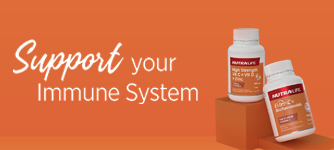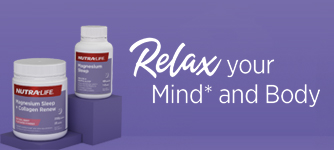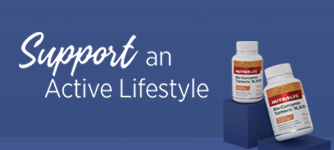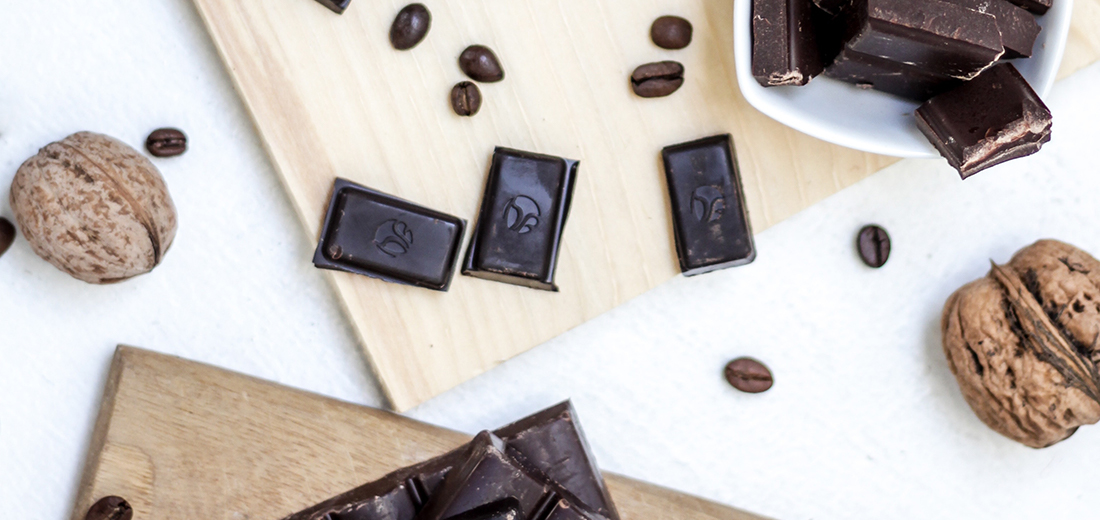Magnesium is one of the most abundant minerals residing in our bones and soft tissue. It is required in more than 300 biochemical reactions in the human body. Dr. Mark Hyman describes this mineral as “The most powerful relaxation mineral available” going on to say that an average modern diet is deficient in magnesium. As adults we require more than 400mg per day in order for the aforementioned biochemical reactions to happen. Today, less than 40% of Australia’s population are achieving the recommended dietary intake of magnesium.
Most of Australia’s population get Magnesium from fortified cereals and breads, however with more and more people avoiding grains and processed carbohydrates for fitness reason, there is greater need for us to boost our consumption of magnesium-rich whole foods.
1. Cacao (or Cocoa)
Cacao was originally discovered and consumed in Central and South America and has been traditionally used in Mayan ceremonies for
This bean is high in antioxidants and minerals, and while cacao is a key ingredient in milk chocolate, the cells degenerating effects of high sugar levels can actually deplete your magnesium stores, causing deficiencies.
The best alternative is keeping as true to the source as possible. Cacao powder can be used as a great morning coffee substitute, making a raw cacao hot chocolate. Be mindful that cacao does contain caffeine and is best to consume it a minimum of four hours away from sleep time – depending on your caffeine tolerance.
2. Keep
Eating seaweed may be one of the most overlooked sources of essential nutrients. This edible sea vegetable is a highly sustainable source of antioxidants and contains abundant levels of bioavailable
There are many ways to consume kelp (all seaweeds for that matter) however, kelp noodles are similar to vermicelli noodles and taste delicious when cooked in an organic chicken stock.
Sea vegetables are a great way to maximise your nutrient status, but before sourcing your own naturally, ensure they are certified edible before consuming.
3. Figs
This plump, purple relative of the mulberry is brimming with healing benefits above and beyond its high levels of magnesium – like calcium, potassium and B6. Both fresh and dried figs are delicious additions to your diet. They can be added to bircher muesli for breakfast or maximise the nutrient profile of a snack by blending dried figs instead of sultanas or dates. Another delicious way to add fresh figs to your diet is a mediterranean inspired fig and prosciutto salad. A huge benefit of consuming this whole food fruit is that, alongside magnesium, you are also getting sufficient amounts of fibres which support healthy digestion and blood sugar
4. Blackstrap molasses
A syrup that is the nutritious byproduct of white sugar from sugarcane and is often discarded or fed to animals. However, this black and slightly bitter food is streaming with minerals, including (but not limited to) magnesium. Blackstrap Molasses can be sourced from most health foods stores and is to be consumed in modest amounts. It can be used to enhance raw sweet treats quite Instead of using just honey or rice malt syrup to sweeten nut-based protein balls, try adding a touch of blackstrap molasses.
5. Buckwheat
Despite having wheat in the name, this food is not a grain but rather a versatile seed that is rich in magnesium. Buckwheat flour makes delicious traditional thin crepes and also provides an array of beneficial amino acids (proteins). The overconsumption of grains can be easily balanced out by adding this into your food in place of glutenous flours. Buckwheat groats (the whole seed) are a delicious ingredient in homemade gluten-free bircher muesli. It is important to soak nuts and seeds before consumption to help unlock the nutrients contained within in order for your body to absorb and
BONUS MAGNESIUM SOURCE: Sparkling Mineral Water. Did you know that naturally-sourced sparkling mineral water is typically a great source of magnesium?! Water from the tap in most homes contains less minerals than water sourced naturally from springs. The key here is understanding the difference between soda water and sparkling mineral water. While they are both fizzy water, one is high in minerals (sparkling) the other is simply water that is carbonated with gas. Ensure you read the labels properly and look for Magnesium in the ingredients list.
As well as eating a diet of magnesium-rich whole-foods, you can boost your body’s magnesium levels with Nutra-Life Magnesium Sleep to help you fall asleep, stay asleep and wake refreshed.
Resources:
https://www.ncbi.nlm.nih.gov/pubmed/29878243
http://www.todaysdietitian.com/pdf/courses/HultinSeaVeggies.pdf










